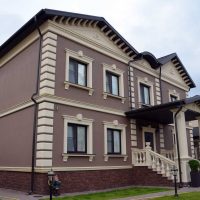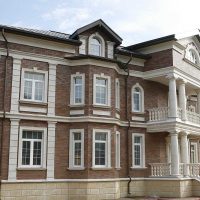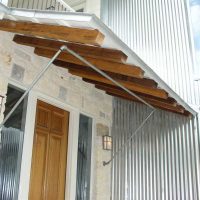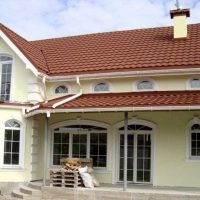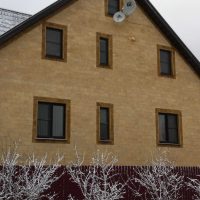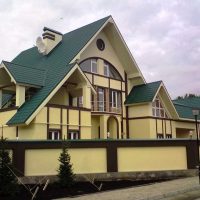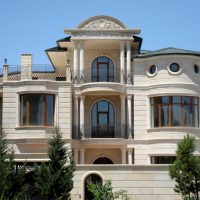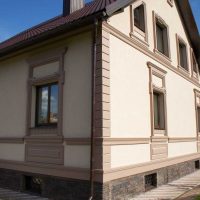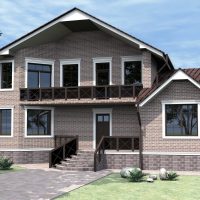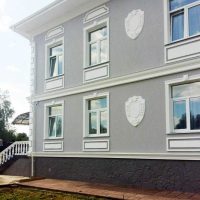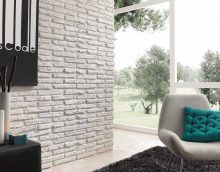Home facade decoration: materials and technologies
Everyone knows that the facade of the house is his face. Beautiful and well-groomed appearance always makes a positive impression. Also, the decor of the facade of the house allows you to draw conclusions about the tastes of the owners of the house. The design should be not only original, but also functional, that is, have heat-saving, moisture-proof, fireproof qualities.
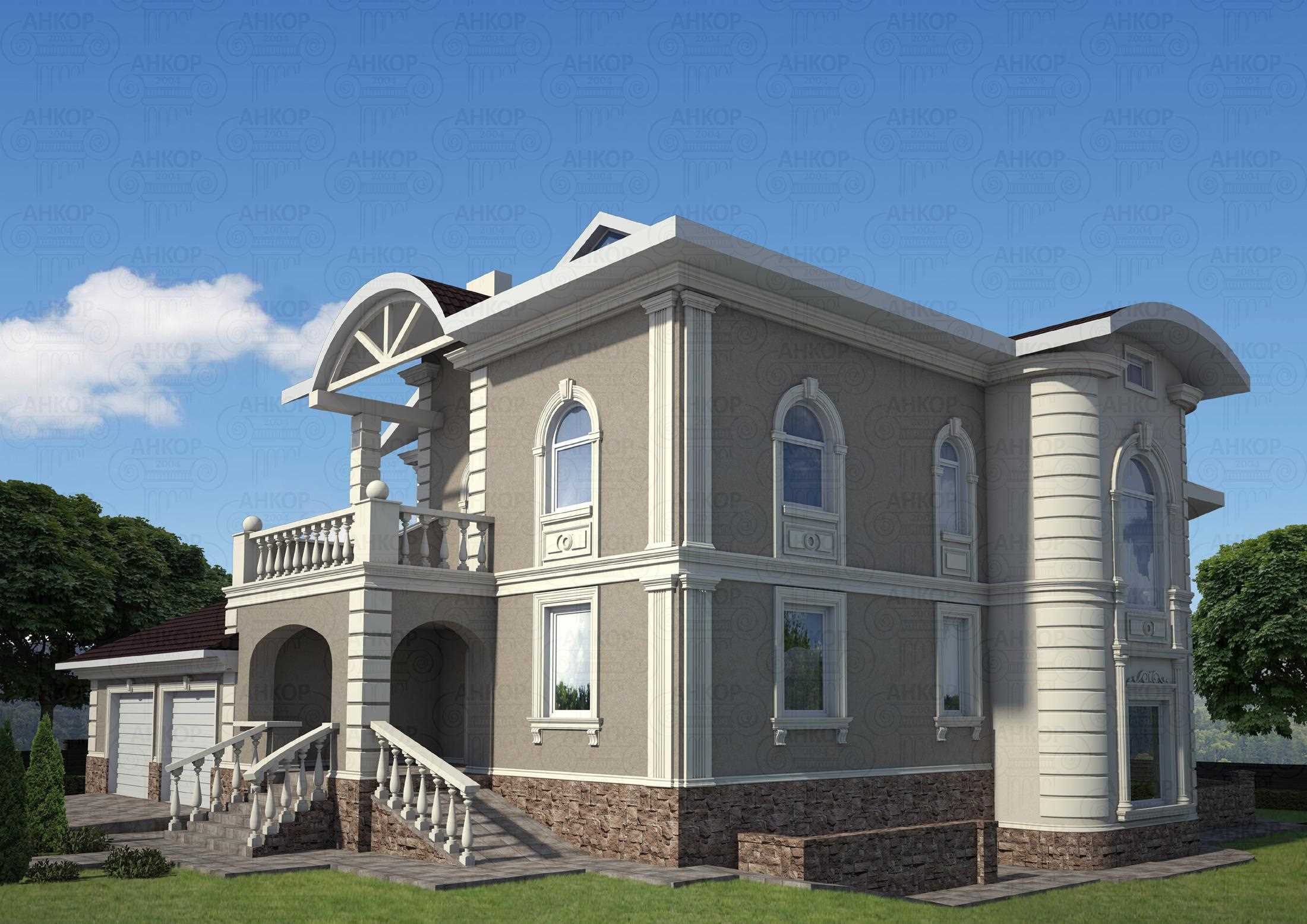
This technology of insulation allows you to give the exterior of the building a unique appearance

Natural stone facades - elegant, reliable and durable

Yellow decorative plaster - the color of optimism and joy of life
Content
Material for facade decoration
Modern technologies make it possible to produce durable and beautiful facade decor from a wide variety of materials.
Styrofoam
Polyfoam is one of the most common materials. The manufacture of foam decor has been widely used due to a number of advantages:
- ease;
- strength;
- high resistance to temperature changes;
- simple installation;
- low cost;
- imperceptible seams between products.
The front decor from foam can quite be mounted independently. Most often, the following elements of home decoration are made of such material.

The strength and frost resistance of polymer-based panels surpass many building materials

Due to the decorative appearance and the richest colors, the facing brick remains in demand in the construction of houses and cottages
|
No. |
Name |
Description |
|
1. |
Arches |
For a unique finish in the form of a semicircular design of windows and doors of the building. |
|
2. |
Archivolts |
They are mainly used for interior decoration, but in certain cases they can also be used to decorate the facade. For example, to highlight from the wall the beginning of the arch arc. |
|
3. |
Balustrades |
They look like a series of small columns that can have various bends, changes in width and other architectural additions. |
|
4. |
Cornices |
A kind of horizontal wall dividers. In most cases, they are used on the protruding parts of the building. |
|
5. |
Columns |
They act as the leading element of the facade decor, all secondary components are located around them. Represent high columns of various width. Can be used for decoration and country and town houses. |
|
6. |
Capitals |
Architectural additions to the columns located on their upper part. They give the decor a special originality. |
|
7. |
Pilasters |
Small vertical ledges, somewhat reminiscent of columns. |
|
8. |
Sandriki |
Used to decorate windows, remind in the form of cornices. |
The list presented in the table is far from all the decor elements that can be created from polystyrene foam.

Metal panels will last a long time even in severe climatic conditions.

A solid look gives the building a wall of marble stone

Stone wall decoration will last a long time even in severe climatic conditions
As already mentioned, the installation of foam products is affordable and does not have much difficulty. You can decorate the facade yourself. To do this, you will need to follow these steps in sequence:
- To clear a surface of pollution, dust.
- Primer the wall and leave it to dry for a day.
- Prepare all the necessary materials for fasteners (glue, studs, dowels) and wall treatment after fixing parts (foam for mounting, primer, paint).
- Mark the location of decorative elements on the facade, the sequence of their fastening, strengthen the dowels in the wall.
- Check all polystyrene products for cleanliness, drill holes for the dowels (make sure that there is no exit to the outer surface).
- Apply glue to the parts and fix them on the facade.
- Carefully close all seams with foam.
- Primer the surface and paint.

Wet facade on the walls

Large mansion with trees and a fountain - elegant, reliable and durable
Fiberglass concrete
Fiber concrete is a kind of durable stone made of artificial fibers (looks like a natural stone). Fiberglass concrete is much stronger and more reliable in operation than the previously considered foam. Architectural products look like a shell up to 25 mm thick, which is attached to the surface. Fiberglass concrete is distinguished by the following qualities:
- high strength;
- resistance to cracking;
- reduced fragility of elements (achieved due to the possibility of minor deformations);
- moisture resistance;
- resistance to sudden changes in temperature;
- ease;
- ease of installation.

Decorative plaster will give the wall a unique look
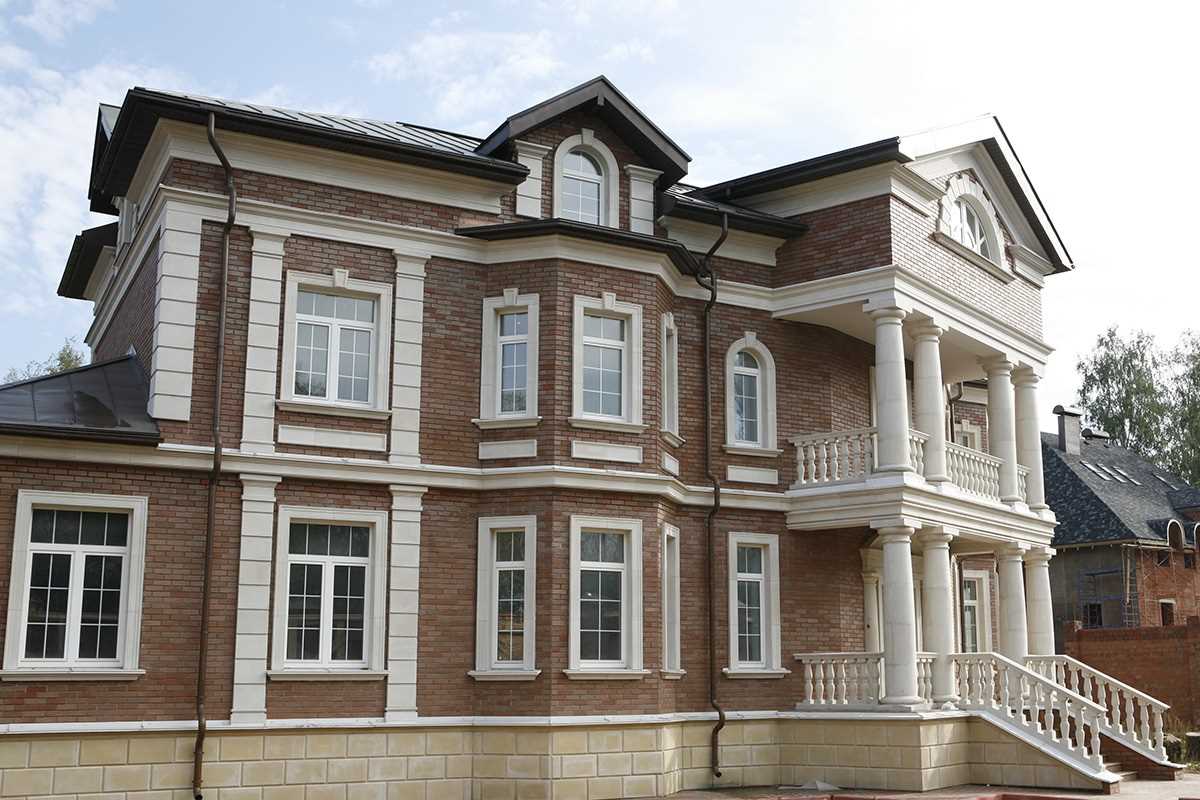
The walls of the house from the front brick do not glow in the heat and retain heat in the winter when frosts crack
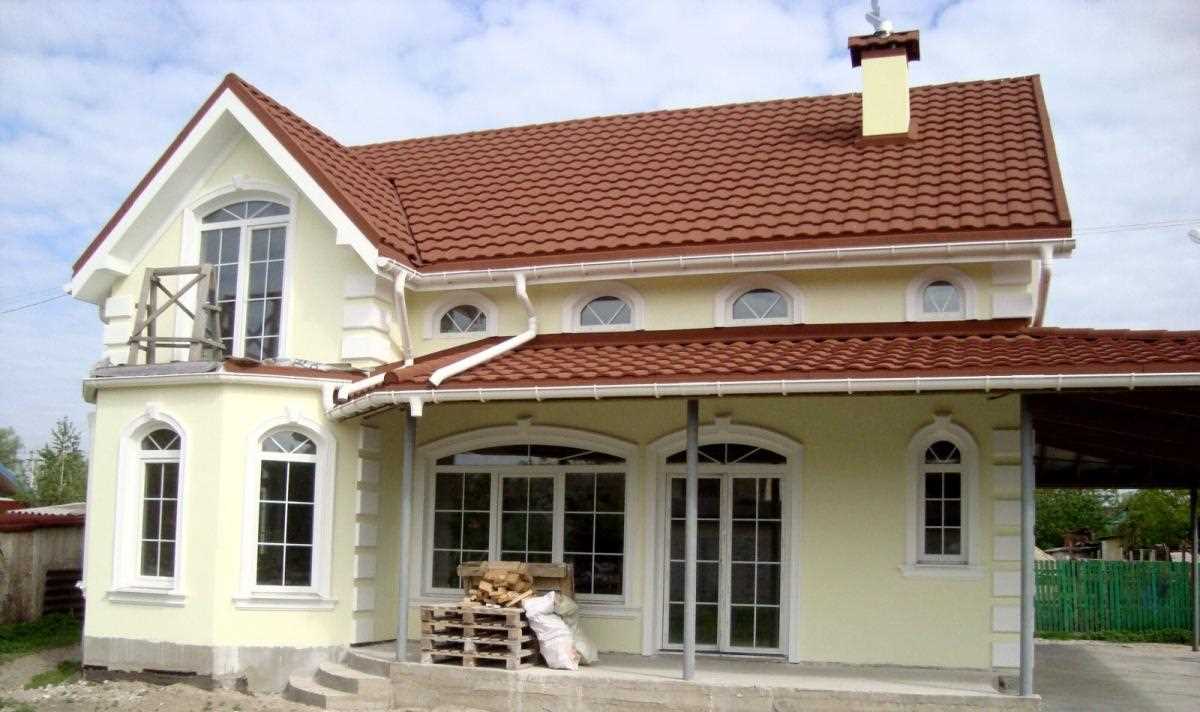
The metal roof will last a very long time in all weather conditions.
Despite the large number of advantages of fiberglass concrete, there are several disadvantages:
- Compared to analog materials, the mass is greater.
- High price.
- Sophisticated mounting system.
- The need for accurate installation drawings.
Important! For the development of drawings, it is better to contact specialists who can accurately calculate the location of each component of the decor from fiberglass concrete on the facade of the house.
Attention! All work is carried out after the completion of the walls.

Finishing the facade of a house under a stone is the most popular and successfully increases the status of the owner
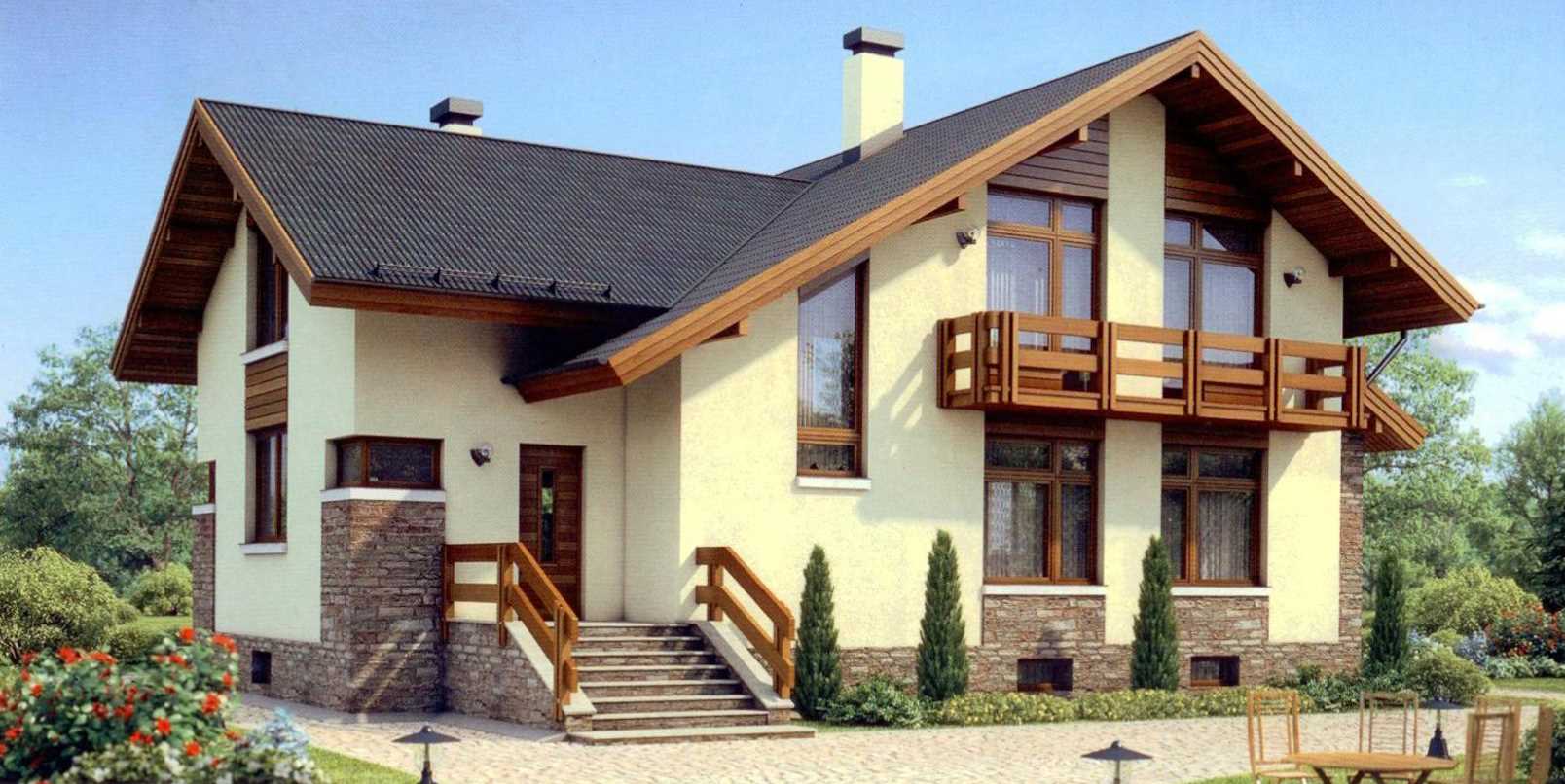
The wooden balcony is a great place to relax.
Polyurethane foam
The architectural elements of the facade decor created from polyurethane have the following advantages:
- high strength;
- lightness (especially in comparison with fiberglass concrete);
- resistance to temperature changes;
- very strong and reliable fixing to the surface;
- lack of deformation
- the ability to create any patterns without restrictions.

Thanks to the decoration of the facades with decorative plaster, any building takes on an elegant and respectable appearance

Acrylic siding retains its strength throughout the entire period of operation, does not fade and is resistant to temperature extremes

This type of wall decoration will withstand the effects of rain and low temperatures for many years without losing its shape.
Installation may well be done without the help of specialists. The main thing is to perform all actions accurately and accurately. The installation sequence is as follows:
- Thorough cleaning of the facade.
- Marking the location of the decor elements of their fasteners.
- Installation of dowels in designated places.
- Processing the back surface of all parts with fine sandpaper and drilling holes for the dowels in them.
- Primer of all elements (then it is necessary to dry during the day).
- Attaching to the wall with glue.
- Fastening with nails.
- Finishing joints, grouting hats from nails.
- Painting.
Polymer concrete
Products for facade decor made of polymer concrete are no less popular. They may include the following components:
- quartz sand;
- crushed stone;
- resin.
Its main difference from the materials considered above is a striking external resemblance to natural stone. The products themselves are lightweight and easy to install.According to the sketch, you can order the manufacture of decor of absolutely any shape or size. It all depends on the desire and imagination of the customer.
In addition to facade decoration, polymer concrete is often used to create columns and stair rails.

Due to the wet facade, condensation will not form on the walls of the interior

This technology of insulation allows you to give the exterior of the building a unique appearance due to the abundance of decorative paints
The choice of facade decor
When choosing material for the manufacture of facades, it is necessary to take into account the general style of the building. The main thing is that the whole finish looks harmonious, there is no congestion.
Experts recommend horizontal division of the building with the help of decor, when you want to emphasize its solidity. This type is suitable for buildings with a small number of floors. But a tall house with a short facade is best transformed by vertical elements.
The combination of decorative elements of different directions in a common plane requires careful preparation and thoughtfulness of the whole composition.

The mustard color of the walls will give a solid look to the building.

Wood siding is an environmentally friendly material that does not corrode

This type of decoration will give the exterior of the building a unique look.
What architectural decorative elements are referred to in the table:
|
Horizontal decor |
Vertical decor |
|
· Fillets; · Cornices; · Consoles; Grooves · Window sills. |
Columns · Piers; Pilasters · Overlapping windows and doors.
|

Due to the wet facade, condensation will not form on the walls of the interior

Fiber cement panels withstand the effects of precipitation and low temperatures for many years without losing their shape
Separate decorative elements include:
- Stucco molding. In most cases, it can be made of artificial stone (actually pick up a material that is as similar to natural stone as possible), polymer concrete, polystyrene. To create it, light materials are selected.
- Moldings. This group includes window platbands, various types of crowns and cornices, unique in their architecture window sills. They contribute to the original zoning of the building.
The choice of material largely depends on the volume of decor elements and their location on the facade.
Video: Facade of the house. Finishing materials for home decoration








